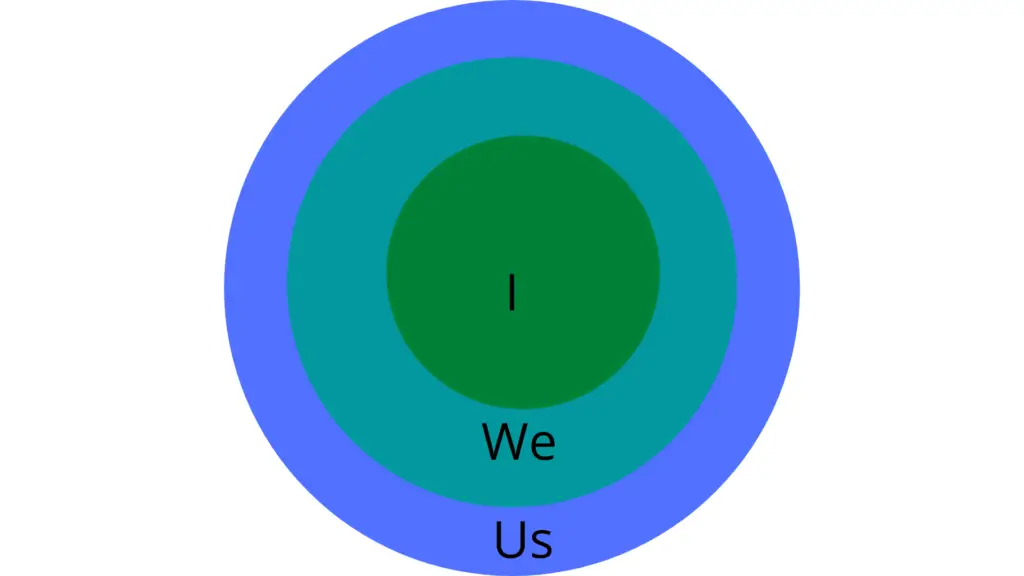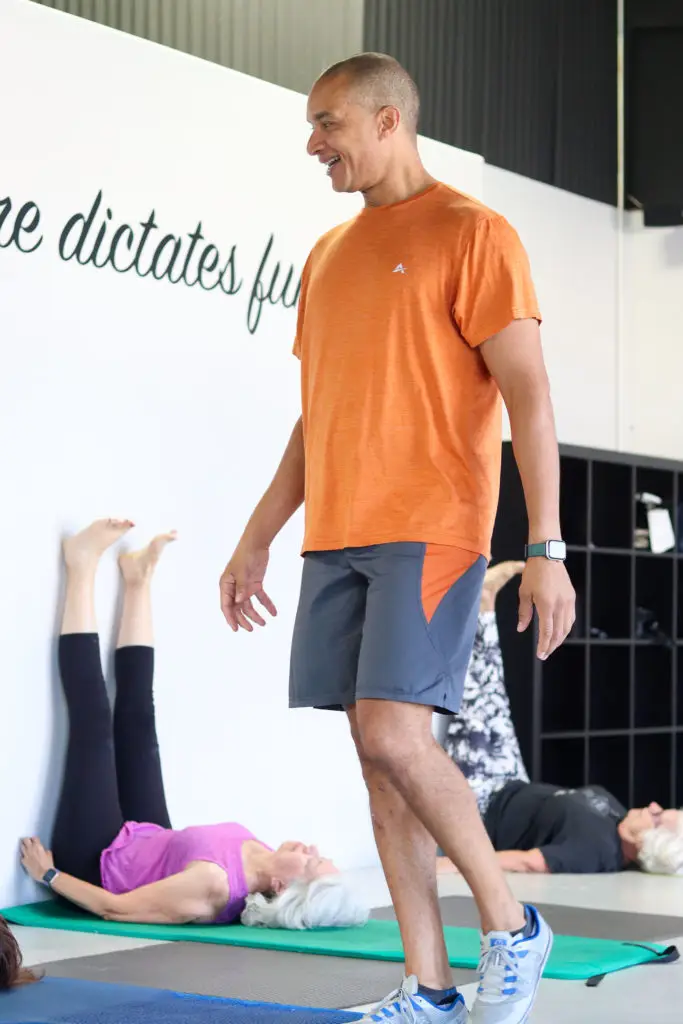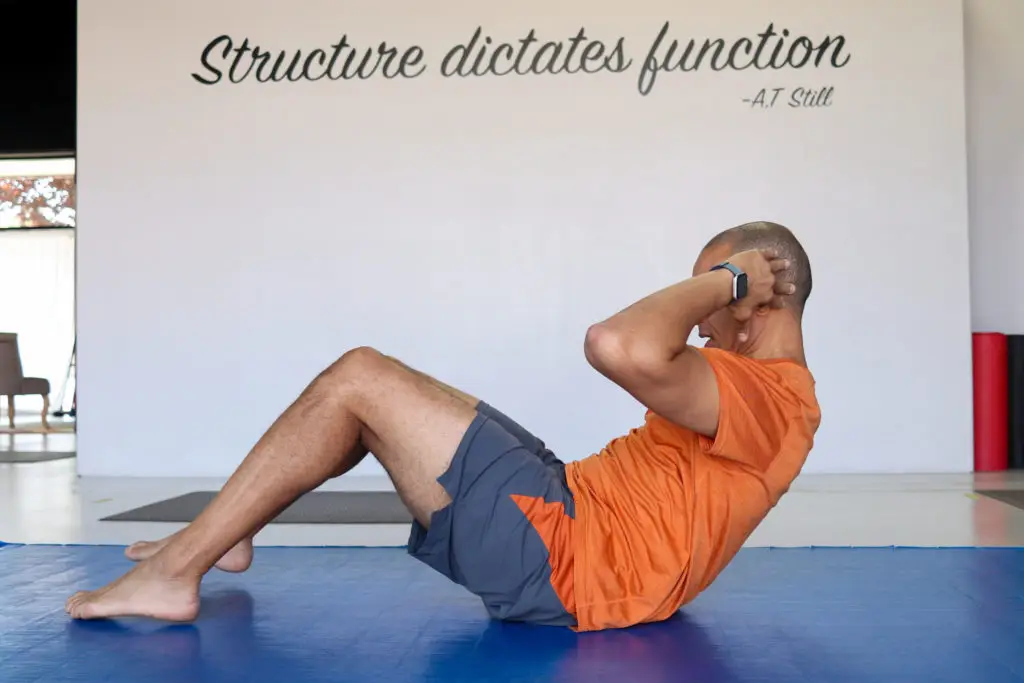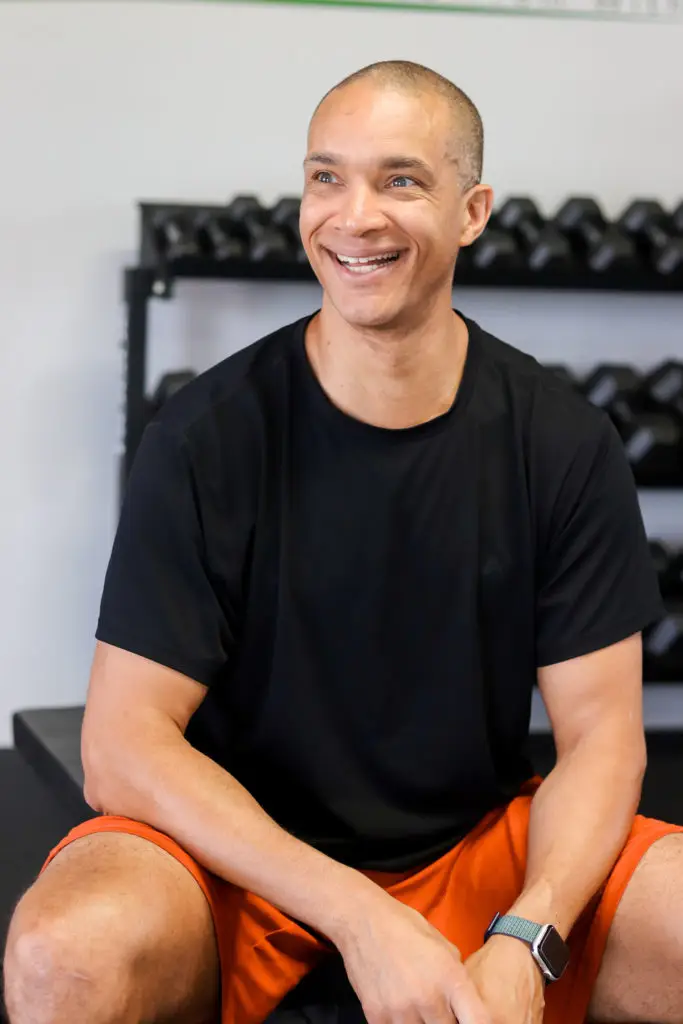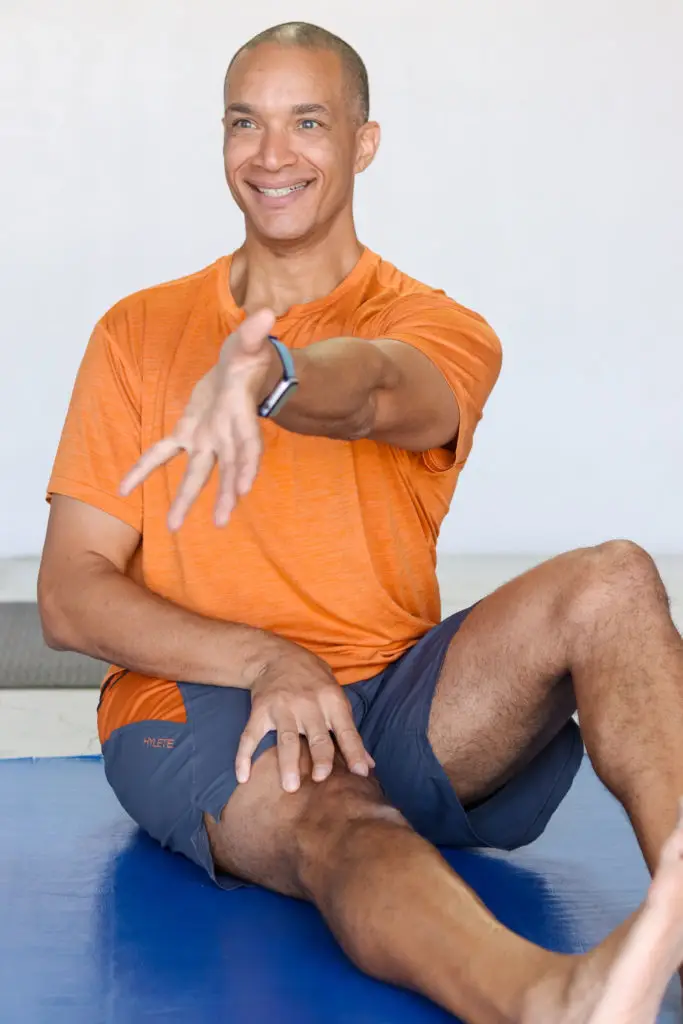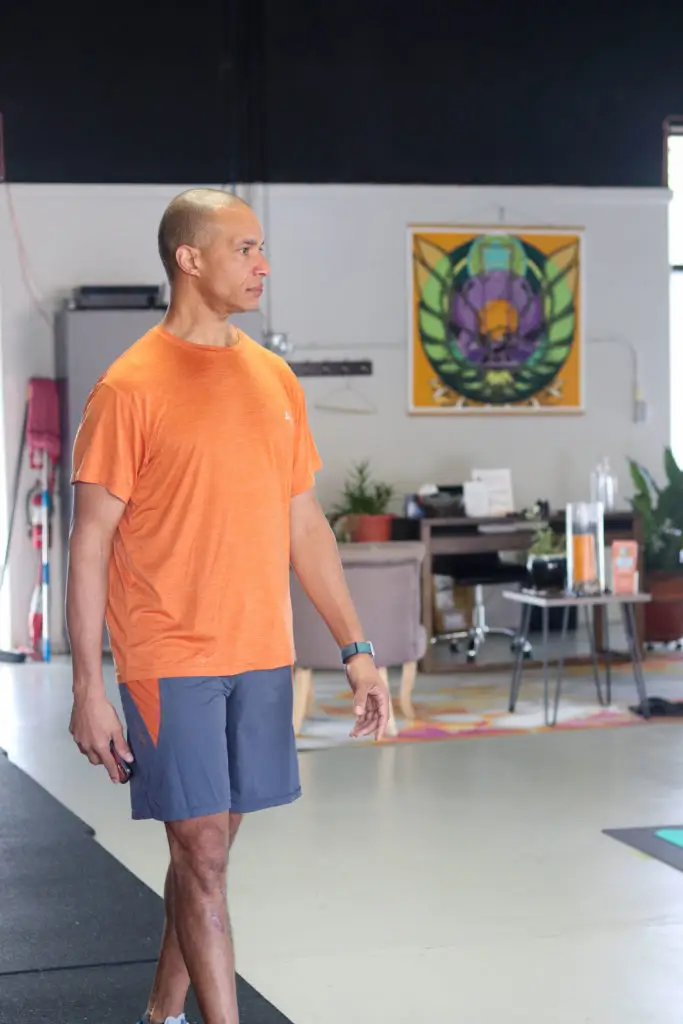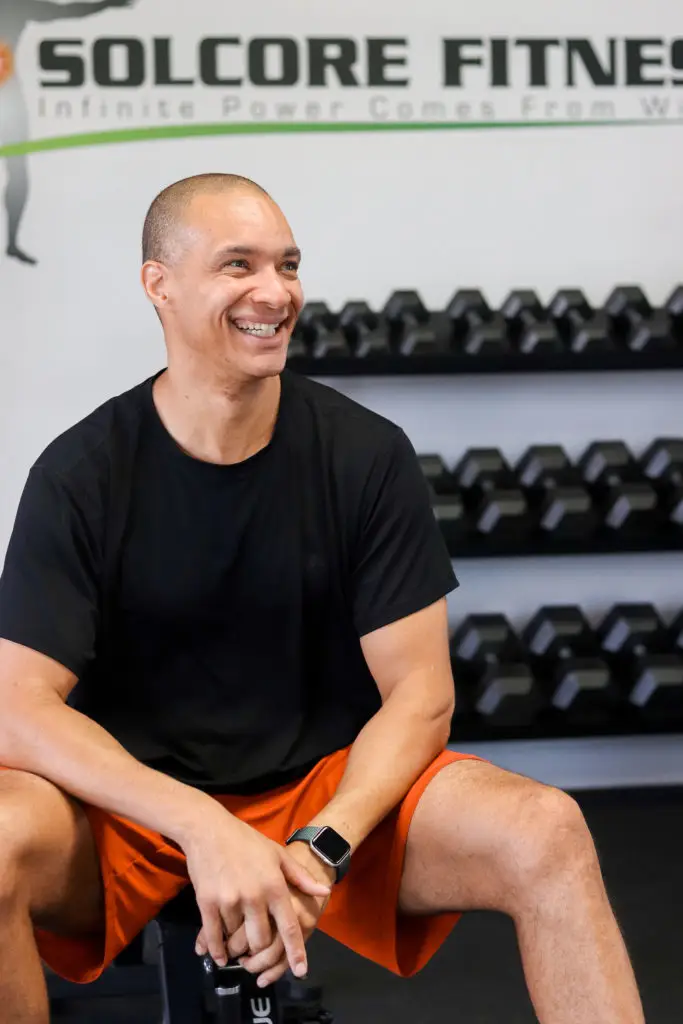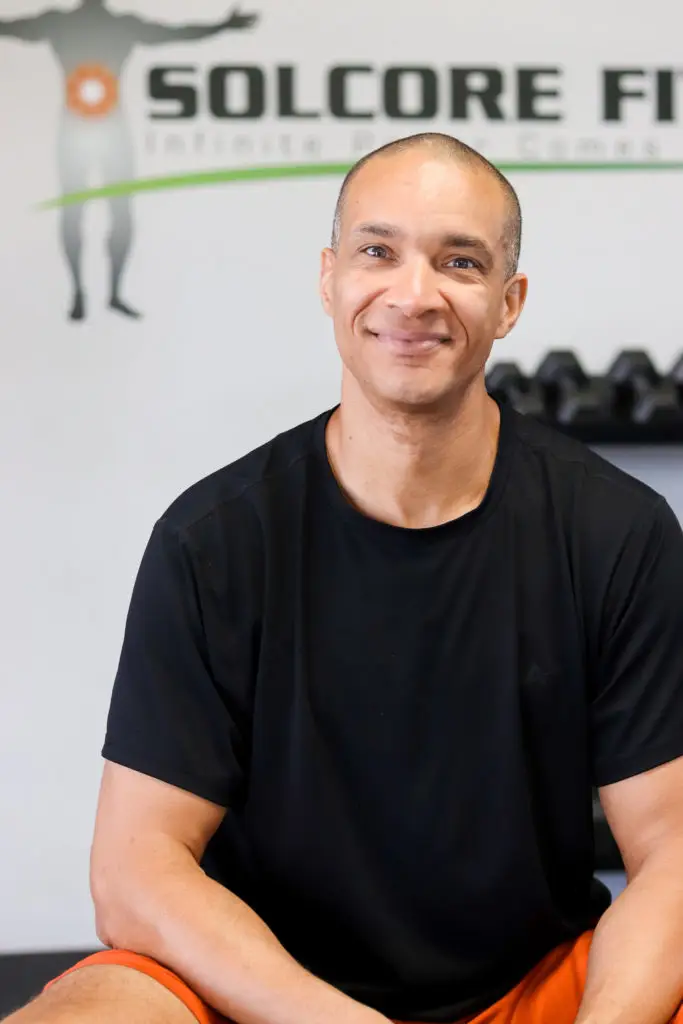
Wow didn’t it feel like the holidays were just here? Suddenly, the calendar says March, spring is arriving, and the pace of life doesn’t seem to be slowing down.
If time often feels like it’s slipping through your fingers, you’re not alone. Between work deadlines, family responsibilities, and the constant pull of notifications and to-dos, it’s easy to go on autopilot. The days blur together, and before you know it, seasons, years, and even entire decades have passed.
But here’s the thing: you can make time feel fuller. With just a few intentional habits, you can slow down your perception of time, feel more present, and make sure you’re living a life that’s richer—not just faster.
These are the same principles I teach in the [HOLISTIC EXERCISE AND FITNESS PROGRAM]—because in both health and life, awareness + consistency + intentional planning is what transforms outcomes.
We live in a digital-first world, but sometimes the most effective tools are the simplest.
While phone calendars are convenient for setting reminders, they often keep you zoomed into the day or week. A paper calendar or wall planner offers something different:
- A panoramic view of weeks and months ahead
- A daily visual reminder that “two months away” isn’t very far
- Physical interaction—writing things down deepens memory and commitment
In health and fitness, visibility matters. Just as tracking workouts improves compliance, mapping out your time in a tangible way reinforces the reality that days and weeks are valuable resources.
Pro Tip: Use your paper calendar to block non-negotiable activities—like movement sessions, self-care routines, or family events—so they aren’t edged out by “urgent” but less important tasks.
2. Set Small Goals That Lead to Bigger Dreams
Long-term goals are essential. But the path to them must travel through smaller, achievable milestones—ones you can celebrate regularly.
These could be:
- Signing up for a local 5K to ignite your workout routine
- Fitting into a favorite outfit comfortably by a specific month
- Saving a set amount towards a dream vacation
- Completing one month of mobility work without missing a session
Your brain craves accomplishment. Hitting milestones activates your reward system, increasing motivation and cementing new behaviors into habits.
In fascia-focused training, for example, you won’t see total transformation from a single ELDOA session—but a month of consistent practice can loosen tight joints, improve posture, and make you feel decades younger. Celebrating that progress boosts your resolve to keep going.
3. Plan for Joy
We often plan for work, chores, and errands—but joy gets squeezed into “whatever’s left.” Make joy a priority by putting fun and meaningful events directly into your calendar.
That could mean:
- Booking vacations early, so you can savor the anticipation
- Scheduling dinners with friends instead of pushing them off for “when things slow down”
- Enrolling in a class or workshop that excites you
Anticipation is powerful—research shows looking forward to something enjoyable actually increases happiness in the days or weeks before it happens.
4. Welcome the Passage of Time
Let’s be real: no one can stop the clock. But you have a choice in how you experience each passing year.
You might sometimes long for a previous age, resent changes in your appearance, or wish you could go back. Instead, reframe aging as something to be embraced:
- Every year you’ve lived is proof of resilience and growth
- Your current body, mind, and life are the only ones you can inhabit—why waste today longing for yesterday?
- Maturity brings clarity that youth rarely offers
From a coaching perspective, I’ve seen clients in their 50s, 60s, and beyond hit strength and mobility levels they never achieved in their 20s—because now, they’re intentional.
Whatever age you are is infinitely better than the past—because it’s yours to live right now.
5. Cherish Rituals and Holidays
Rituals keep us connected—to loved ones, to our cultural or spiritual heritage, and to ourselves.
Participating in traditions, whether that’s annual holidays, seasonal hikes, family dinners, or reflective practices, creates emotional “anchors” in time. They give life rhythm and meaning.
Don’t underestimate the power of marking special days, even in small ways. They remind you that life isn’t just a straight line from one task to the next—it’s a collection of moments worth pausing for.
6. Focus on What Successful People Do
Many high-performing people—whether in fitness, business, or personal happiness—share common habits:
- They exercise and eat nourishing food consistently
- They read, learn, and keep their minds engaged
- They volunteer or give back in meaningful ways
- They actively enjoy hobbies that rejuvenate them
- They cherish time with loved ones
- They refuse to measure themselves against others
By following these examples, you shift your focus from comparison (which drains you) to personal growth (which energizes you).
7. Be Kind to Yourself When Life Gets Messy
Even with the best planning, setbacks happen—illness, disappointment, bad news. The seasons of life won’t all look the same.
When these moments come:
- Accept them without turning against yourself
- See them as temporary dips, not defining failures
- Adjust your plans with flexibility, not shame
Consistency in life (and in programs like the [HOLISTIC EXERCISE AND FITNESS PROGRAM]) isn’t about perfection—it’s about coming back after being knocked off course, again and again.
A Coaching Perspective on Time and Presence
In my own coaching journey, I see time as both finite and flexible. We can’t add hours to a day, but we can stretch the experience of those hours with full attention.
When a client truly engages in a fascia-focused session—feeling each posture, sensing the change in their tissues—they’re not just “getting exercise done.” They’re slowing time in that moment by inhabiting it fully.
This is the same in life. The more present we are, the longer and richer our days feel.
Call to Action
Spring is a season of renewal and clarity. As you look toward summer—and even next year—ask yourself:
- What experiences do I want to anticipate?
- What small goals will make me proud along the way?
- How can I be more present in this day, right now?
You have the power to make every month count. The [HOLISTIC EXERCISE AND FITNESS PROGRAM] can help you align your time, your energy, and your health so each season builds toward your goals instead of slipping by unnoticed.
Live fully. Move intentionally. And make time serve you.
It’s not just working out, it’s building a foundation for a better life.
Find out more @

